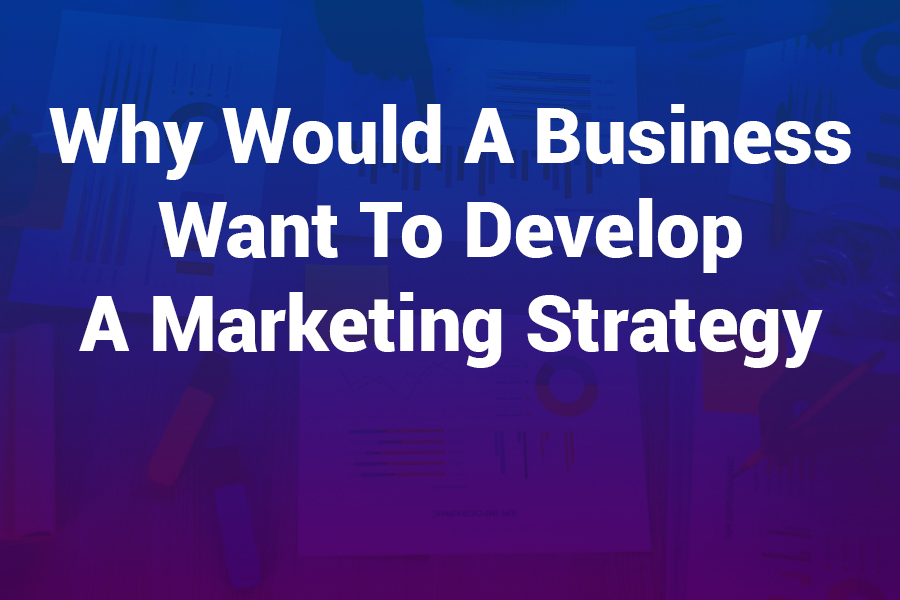- Home
- Our Services
- PedroVazPaulo Coaching
- PedroVazPaulo Executive Coaching
- PedroVazPaulo Marketing Consulting
- PedroVazPaulo Entrepreneur
- PedroVazPaulo Real Estate Investment
- Pedro Paulo Business Consultant
- PedroVazPaulo Wealth Investment
- PedroVazPaulo Business Consultant
- PedroVazPaulo Operations Consulting
- PedroVazPaulo Strategy Consulting
- Blog
- About
- Contact

In today’s hyper-competitive world, simply having a good product or service isn’t enough. Without a plan to reach the right audience, engage them, and convert them into paying customers — even the best business can fail. That’s exactly why a business would want to develop a marketing strategy in the first place.
A well-defined marketing strategy helps businesses grow with intention, align their efforts, and maximize ROI. In this article, we’ll break down what a marketing strategy is, why it’s critical for businesses of all sizes, and how to develop one that actually works.
1. What Is a Marketing Strategy?
A marketing strategy is a long-term, data-driven plan that defines how a business will:
- Identify its target audience
- Position its brand
- Reach customers across multiple channels
- Communicate value
- Convert leads into customers
- Retain and delight those customers
It’s not just a set of ads or social media posts. A strategy is the foundation upon which all marketing actions are built — from content and SEO to advertising and email campaigns.
2. Why Would a Business Want to Develop a Marketing Strategy?
Let’s get to the core question: why would a business want to develop a marketing strategy?
Here are the top reasons:
a. To Achieve Clear Business Goals
Without a strategy, marketing efforts can become random or reactive. A strategy aligns marketing with:
- Revenue goals
- Brand growth
- Customer acquisition
- Market penetration
It turns marketing into a tool for achieving real business results.
b. To Identify and Understand the Target Audience
Successful businesses know exactly who they are selling to. A marketing strategy forces businesses to define their ideal customer persona, including:
- Demographics
- Behaviors
- Needs
- Pain points
- Motivations
When you understand your audience deeply, you can tailor messaging, offers, and content that converts.
c. To Allocate Budget More Effectively
Marketing budgets are often limited — especially for small businesses. A strategy ensures:
- Money is spent on high-impact channels
- Campaigns are measured for ROI
- There’s a balance between paid, earned, and owned media
d. To Gain a Competitive Advantage
Without strategy, you’re reacting to competitors. With a strategy, you’re leading the market.
It allows you to:
- Differentiate your brand
- Create consistent messaging
- Leverage your strengths
- Identify and fill market gaps
e. To Improve Customer Retention
Marketing doesn’t end with the first sale. A good strategy includes post-purchase nurturing through:
- Email marketing
- Loyalty programs
- Educational content
- Social media engagement
f. To Stay Consistent Across All Channels
A defined strategy ensures brand consistency in:
- Tone of voice
- Design
- Messaging
- Customer experience
This builds brand recognition and trust over time.
g. To Measure and Improve Performance
You can’t manage what you don’t measure. Marketing strategies include:
- KPIs (Key Performance Indicators)
- Benchmarks
- Review cycles
- Tools for tracking success (Google Analytics, CRM, etc.)
3. What Happens When a Business Has No Marketing Strategy?
Many small businesses skip the strategy step. The result?
- Wasted budget on campaigns that don’t convert
- Inconsistent branding
- Confused messaging
- Missed growth opportunities
- Difficulty measuring ROI
- Reactive instead of proactive decision-making
Simply put: without strategy, there’s no direction.
4. Components of a Successful Marketing Strategy
If you now understand why a business would want to develop a marketing strategy, here’s how to start building one.
✅ A strong marketing strategy includes:
a. Market Research
- Industry trends
- Competitor analysis
- Customer needs
b. Target Audience Definition
- Buyer personas
- Customer journey maps
c. Unique Value Proposition (UVP)
- What sets you apart from competitors?
- Why should people choose your brand?
d. Brand Messaging & Positioning
- Core message
- Brand tone
- Visual identity
e. Marketing Channels
- Website/SEO
- Social media
- Paid advertising
- Content marketing
- Email marketing
- Events, PR, and influencer marketing
f. Content Plan
- Blog posts
- Videos
- Social media content
- Lead magnets
g. Budget and Resource Allocation
- Tools and platforms
- Internal vs outsourced tasks
- Paid vs organic mix
h. KPIs and Metrics
- Leads generated
- Conversion rates
- Website traffic
- Customer acquisition cost (CAC)
- Lifetime value (LTV)
5. How to Develop a Marketing Strategy in 7 Steps
Here’s a simplified step-by-step approach:
Step 1: Define Your Business Goals
Align marketing with goals like:
- Launching a new product
- Entering a new market
- Increasing brand awareness
- Growing email subscribers
Step 2: Know Your Audience
Use data, surveys, and analytics to define:
- Demographics
- Challenges
- Buying habits
Step 3: Conduct Competitive Research
Understand what others are doing — and what gaps exist.
Step 4: Craft Your Brand Message
Create a UVP and tone that resonates with your ideal customer.
Step 5: Choose the Right Channels
Focus on where your audience spends time. Don’t try to be everywhere at once.
Step 6: Plan Your Content
Build a calendar with:
- Blog topics
- Social posts
- Campaign themes
- Promotions
Step 7: Track, Measure, Improve
Use analytics tools and reporting dashboards to refine your strategy monthly or quarterly.
6. Examples of Effective Marketing Strategies
Example 1: Local Café
- Goal: Increase weekday foot traffic
- Strategy: Launch a “Coffee Happy Hour” + Local SEO optimization
- Channels: Facebook Ads, Google My Business, email offers
- Result: 25% increase in afternoon visits
Example 2: Online SaaS Tool
- Goal: Drive trial signups
- Strategy: Create educational blog content + retargeting ads
- Channels: SEO, Google Ads, LinkedIn
- Result: 40% growth in MQLs (marketing-qualified leads)
Example 3: E-commerce Fashion Brand
- Goal: Boost sales during Q4
- Strategy: Holiday gift guide + influencer partnerships
- Channels: Instagram, YouTube, email series
- Result: 2.5x revenue during Black Friday month
7. Tools to Help You Build a Marketing Strategy
- Google Analytics – Track traffic & behavior
- SEMrush / Ahrefs – Competitor & keyword research
- Canva – Content design
- Trello / Notion – Plan your content calendar
- Meta Business Suite – Run Facebook/Instagram ads
- Mailchimp / ConvertKit – Email marketing automation
- HubSpot / Zoho CRM – Lead tracking & automation
8. Common Mistakes to Avoid
❌ Not setting clear goals
❌ Ignoring your target customer’s needs
❌ Relying on one channel (like only Instagram)
❌ Skipping competitor research
❌ Not reviewing performance regularly
Conclusion: Strategy is the Foundation of Marketing Success
So, why would a business want to develop a marketing strategy? Because without one, your efforts are likely to be disjointed, wasteful, and ineffective.
A well-crafted marketing strategy:
- Aligns your team
- Increases ROI
- Builds brand loyalty
- Helps you adapt to change
- Supports sustainable growth
Whether you’re a startup, small business, or scaling company — now is the time to invest in building a smart, actionable marketing strategy that works for your unique goals.
FAQs: Why Would a Business Want to Develop a Marketing Strategy?
Q1: Is a marketing strategy really necessary for small businesses?
Yes — especially for small businesses with limited budgets. A strategy helps you prioritize and invest in what works.
Q2: How often should a business update its marketing strategy?
Review it quarterly and make major updates annually or when launching new products.
Q3: What’s the difference between a marketing plan and a marketing strategy?
A strategy is the why and what — the long-term vision. A plan is the how — the step-by-step execution.
Q4: Can I create a strategy without hiring an agency?
Yes. Many businesses start in-house. Use online tools and templates or work with a freelance strategist if needed.
Q5: What should be my first step?
Define your business goals and understand your audience. That’s the foundation of every great strategy.






